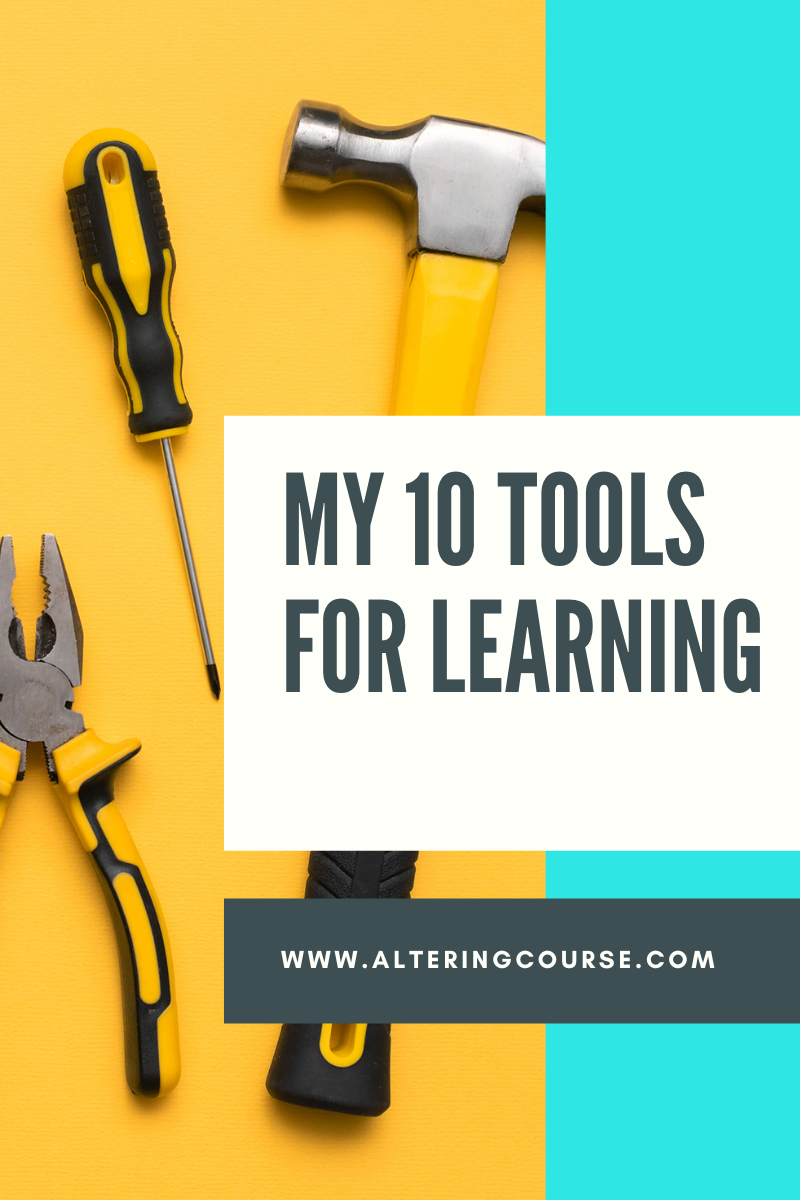10 Tech Tools for Learning
Tech Tools
Below, I’m casting my vote for the 2022 top tools for learning list. See more about the process on the website.
Bulb
In an effort to help students increase their marketable skills, I started using Bulb online portfolios. They create a free online site, build out their resumes, and create collections that they can share with future employers. My post “Student Online Portfolios” discusses different ways to use Bulb.
Context: In a college
Socrative
Socrative is an online quizzing tool. I started using this during the pandemic when I had several online-on-a-schedule classes that met in a virtual space. I mentioned this tool in my post “Structuring a Virtual Class Session.” In my face-to-face classes, I use it to enhance class participation and measure understanding. I particularly like the exit ticket function.
Context: In a college
Squarespace
I host my website and blog on Squarespace. I had used a variety of platforms, both free and paid, prior to this and found them clunky and hard to navigate. Squarespace is incredibly easy to use and update. They also have built-in analytics and great tutorials on SEO.
Context: Self-development
Canva
Graphic design made easy. That’s Canva. In my post “Easy Decor for LMS”, I demonstrate how I make buttons, about me’s, and other graphics in my Learning Management System to jazz up my course shells. I also utilize the Canva for Education account so students can make and submit creative projects.
Context: In a college
Equity Maps
Spider web discussions are a great way to engage groups in discussion in the classroom. The Equity Maps application for iPad allows you to tap and map each time a student talks. It’s a great way to show students how much they are participating and help them improve.
Context: In a college
Mural
When I was designing my escape room project, I used Mural for a variety of functions. I outlined the scope and plan on a project canvas. A planner canvas helped me outline my assumptions and assessments. And the flow charts were invaluable in organizing the steps and order of the puzzles and quizzes involved in the game.
Context: At work
Smartbook by McGraw-Hill Connect
I started using Inclusive Access a few years ago, which allows students to pay a small fee when they register for my course and receive a digital textbook on the first day of class. Smartbook is an adaptive quiz based on the textbook. I have seen a big improvement in reading and comprehension after using this tool.
Context: In a college
Toby
One of my colleagues likes to say, “Closing the tabs is self-care.” In an effort to organize my bookmarks and remove the temptation to leave multiple browser windows open, I use the Chrome plug-in, Toby. It’s a bit like a corkboard. I put my tabs into categories as well.
Context: At work
Knightlab
Historians love a good timeline. In Knightlab, you simply put all the information into a Google sheet and it magically transforms into a gorgeous, digital timeline. Okay, there are a few steps in between. I used this free, online software to create the timeline on my research page. And my Texas history students do a research-based timeline project that has yielded some very cool results.
Context: In a college
Adobe Express
The web page feature on Adobe Express yields a professional-looking, online presentation that looks like a website. Its collaborative features allow students to work together asynchronously, which is perfect for an online class. For my “Local Personal Narrative” project, students utilize this platform.
Context: In a college


